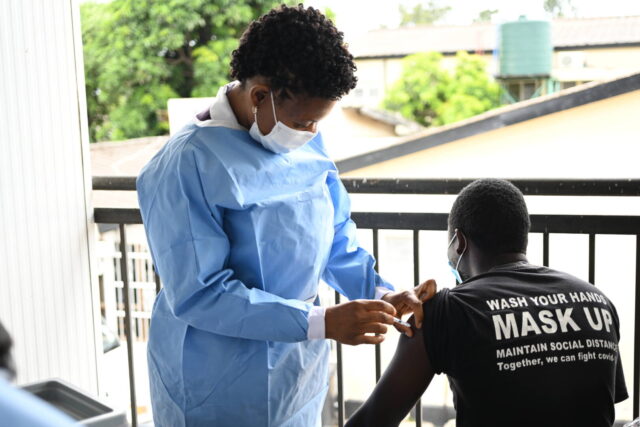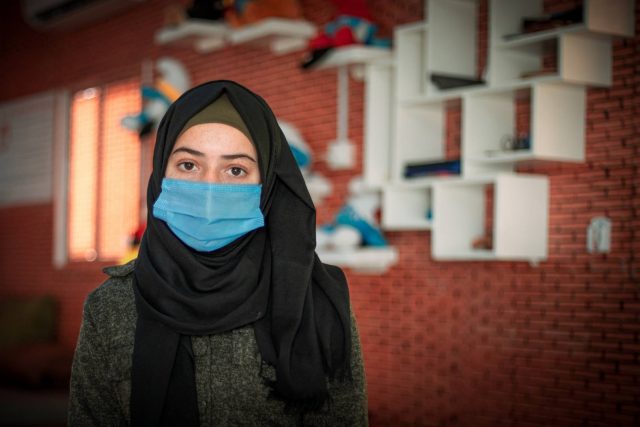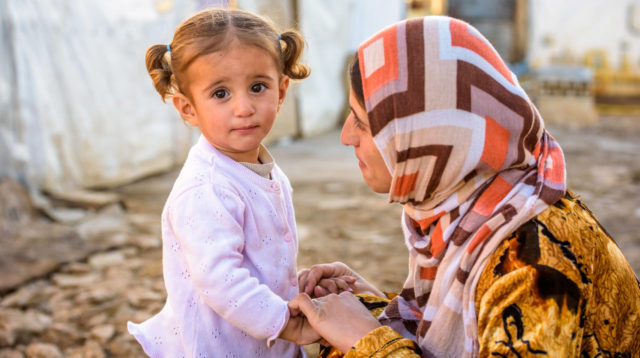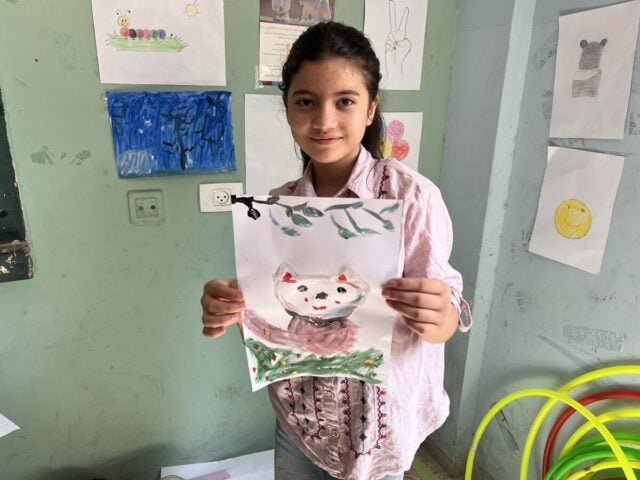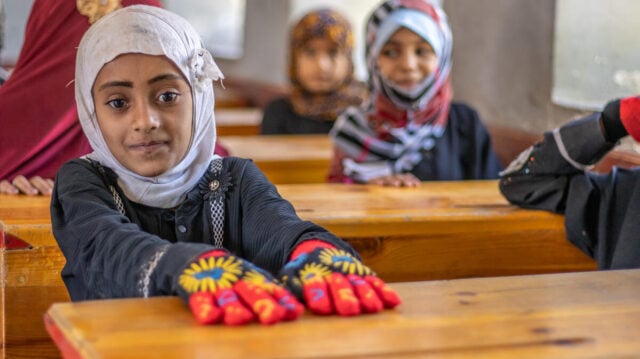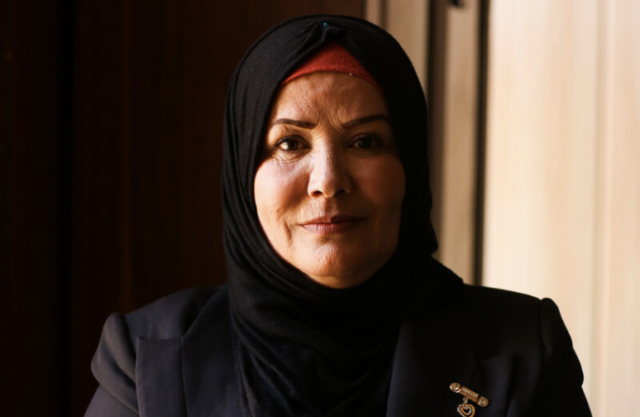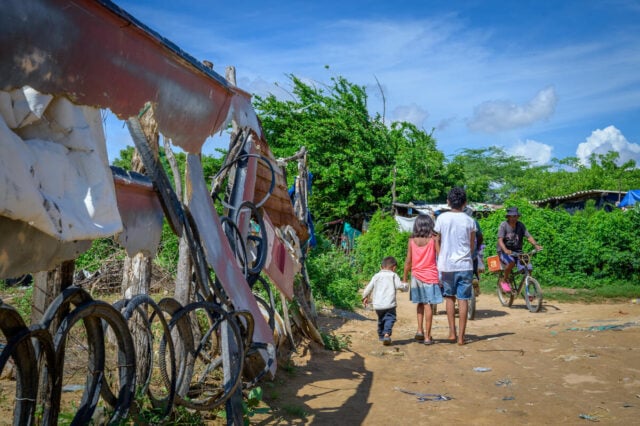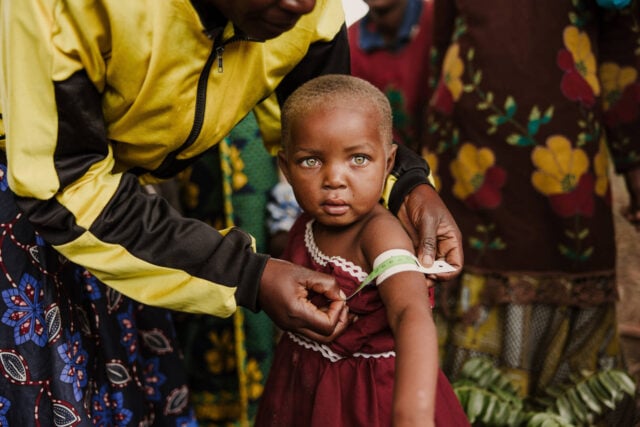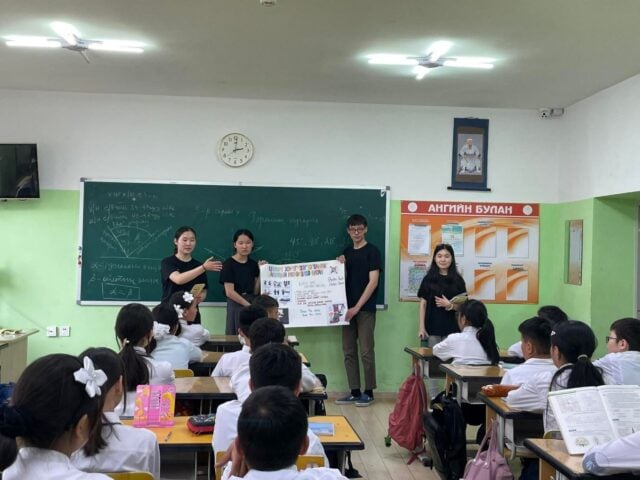The coronavirus pandemic and its respiratory disease, COVID-19, has profoundly and widely impacted the world since it emerged in late 2019. Beyond its health implications, the pandemic has threatened progress in reducing global poverty and income inequalities. Particularly concerning is the potential long-term impact on children. Learn more about the pandemic and how World Vision has responded worldwide.
News & Stories
Middle East
Hope in hard places: Prayer for Syria
Syrians desperately hope for peace, and children shouldn’t grow up in a war zone. Pray for Syria, whose people are enduring their 11th year of civil war.
What you need to know about the Syrian refugee crisis in photos and videos
The Syrian refugee crisis remains one of the largest refugee and displacement crises of our time. Let’s break this topic down — in photos and videos.
World Vision’s summer camps offer hope to West Bank children
In the West Bank village of As-Sura, World Vision helped repurpose an abandoned community center into a safe space for children. Through rehabilitation efforts and summer camps, over 160 children found relief from the ongoing conflict. Activities promoting healing and resilience gave kids moments to play, laugh, and create works of art. World Vision’s broader efforts across the region have supported over 28,000 children and adults with mental health programs, helping to restore hope and a sense of normalcy in over 100 communities.
Yemen crisis: Facts, FAQs, and how to help
Learn more about the crisis in Yemen, where ongoing conflict has affected an estimated 18.2 million people, and what World Vision is doing to help.
Breaking barriers: Rabia’s impact on her Iraqi community
Positioned with a heart to empower others, Rabia sparked change in her rural Iraqi community. After participating in World Vision’s income-generation and capacity-building training, she empowers other women to earn an income and strengthen the local economy.
Global poverty: Facts, FAQs, and how to help
Poverty remains one of the most pressing challenges in our world, with nearly 9% of the global population living on less than $3.00 per day. Read to find answers to your questions about poverty, learn about how we define poverty, find out what World Vision is doing to help end extreme poverty worldwide, and learn how you can help.
Matthew 25: Prayer for children’s health
As we recognize World Health Day on April 7, join us in prayer for the health of all of the world’s children, especially those who lack access to adequate healthcare and struggle to thrive.
Prayer for an end to human trafficking
The exploitation and mistreatment of children breaks God’s heart. Join us as we pray for an end to the injustice of human trafficking.
Explore World Vision’s disaster responses
Armed conflict, natural disasters, and other emergencies can alter children’s lives drastically. When disaster strikes, World Vision’s disaster response helps safeguard children’s well-being by providing vital resources such as food, clean water, and shelter, as well as protection against trafficking and other forms of exploitation. With a presence in nearly 100 countries, we’re able to respond swiftly to global humanitarian emergencies, even in the most challenging environments — and we stay after immediate needs have been met to equip communities as they rebuild. Explore our interactive map showing some of the ways our staff around the world are supporting children affected by global crises.
